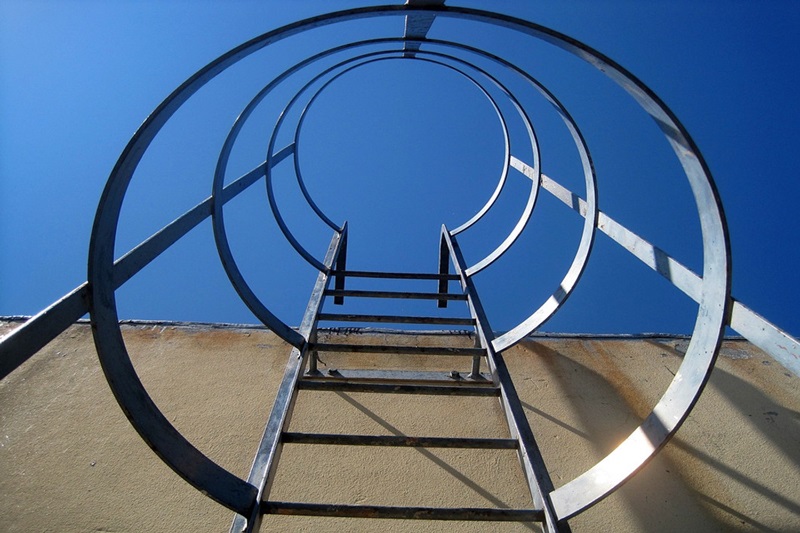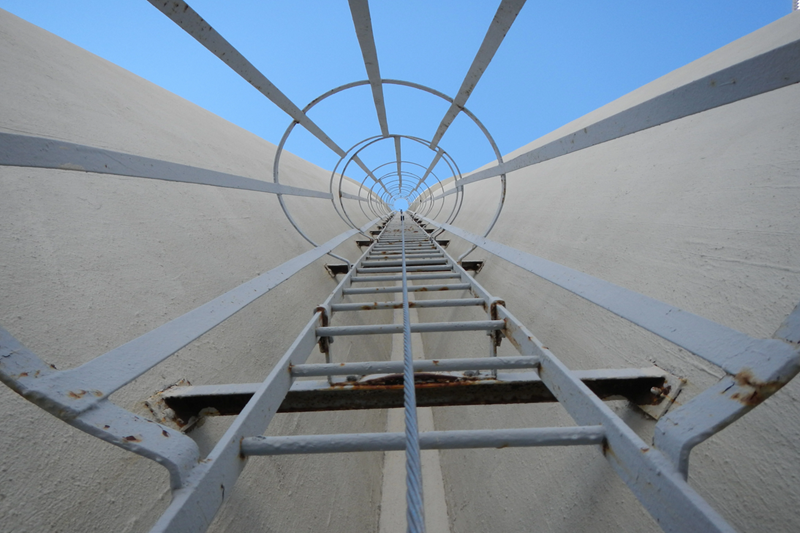
Isn't it fascinating how different components come together to create something functional, something that aids in achieving tasks seamlessly? One marvel of such combinations is the vertical static line ladder in use today. This device, ubiquitous in industries, is our focus today. Why is vertical static line ladder essential, how does it function, and what makes it a must-have in workplaces like construction sites and factories?
In this piece, we delve deep into the mechanics of this intriguing invention. We explore its nitty-gritty, from understanding its components to explaining why every industry must consider its unique benefits. We also look at the caveats and potential improvements, making this a well-rounded guide on vertical static line ladders. Buckle up for an enlightening journey as we unravel the complexities and simplicities of these instruments.
With our emphasis being on promoting a functional, safe, and efficient working environment, this intensive guide highlights the essentiality of vertical static ladders in fostering safer work practices. So let's climb this ladder of knowledge together, literally!
Unearthing the Design and Components: What Makes Up a Vertical Static Line Ladder?
The beauty of every product lies in its design, and understanding this is crucial. At first glance, a vertical static line ladder may seem like an ordinary ladder but look closer. Fixed to a structure, boasting of its verticality, and sporting a safety rope (static line) attached, its functionality goes beyond the standard ladder.
The static line, usually made from indestructible wire rope, runs areas of significant fall hazard, ensuring that workers ascending or descending are always secured. As the worker moves, the traveling clamp following them will protect against falling. The ladder runs could be steel or aluminum depending upon the requirement and usage.
When it comes to the ladder design, the unique configuration includes a rung to rung cable construct designed to prevent ladder climbers from falling backward. The safety cable system is positioned in proximity to the central climbing region.
Why Use a Vertical Static Line Ladder? Understanding Its Benefits
A safe working environment is undoubtedly a productive one, and vertical static line ladders contribute significantly to this notion. Being permanently attached to the structure, it offers quick accessibility and is ideal for frequent climbing needs.
The presence of the safety line means climbing becomes less risky and higher safety levels for workers. Furthermore, ladders can withstand adverse weather conditions due to the robust materials used in their construction.
The efficiency of the vertical static line ladder is not just limited to safety. It is pleasingly versatile as well. Regardless of the structure's height or complexity, there’s a vertical static line ladder to meet the needs, hence their popularity in industries from fire emergencies to construction sites.
Engineering Challenges and Limitations of the Vertical Static Line Ladder
Despite the advantages, it's essential to address the challenges related to vertical static line ladders. The planning and installation process requires a detailed understanding of load-bearing limits, angle of installation, and appropriate design.
Compliance with safety standards like European Standard EN353 is mandatory, meaning the ladder needs periodic servicing and inspection. Also, weather conditions may affect the ladder's durability, regardless of the materials used in its creation.
Owing to the inherent risk of working at heights, the use of such ladders requires comprehensive training to ensure safety harness and traveller are used correctly.

Overcoming Ground Level Installations and Other Innovations
Over these past years, concepts like ground level installations have eased the installation process. The additional ladder length can be installed from the ground level, ensuring installation personnel won’t have to work in fall-risk zones.
For structures exceeding standard ladder lengths, special multi-section ladders are available. These can be combined without compromising the ladder's integrity. In terms of innovation, anti-fall devices on static lines have made significant progress towards minimizing risks.
Exploring the Future: Sustainable Ladders and More
Attention to sustainability and recyclability in design continues to rise and is expected to shape the future of vertical static line ladders. In addition, the inclusion of more user-friendly features is anticipated, like digitally enabled inspection systems and construction materials that can withstand harsher environments.
Investing in these advancements is worthwhile. A safer workplace means happier employees, lower compensation costs, and higher productivity. It's a win for everyone involved.
Refining Rises: The Vertical Static Line Ladder
To summarize, the vertical static line ladder is a revelation. Its intricately planned design, ingenious functionality, and applicability to various work conditions make it an essential tool in numerous industries. While it has limitations that need thought and planning, the potential for innovation and dynamism is exciting.
The modern workplace revolves around the safety emphasis and a vertical static line ladder provides just that. It is more than just a series of rungs held together by two vertical supports: it’s a beacon of safety and efficiency. But it's an evolving tool and that's what makes it even more thrilling. One step at a time, let us stand committed to safety, convenience, and agility - all of which the vertical static line ladder encapsulates.
